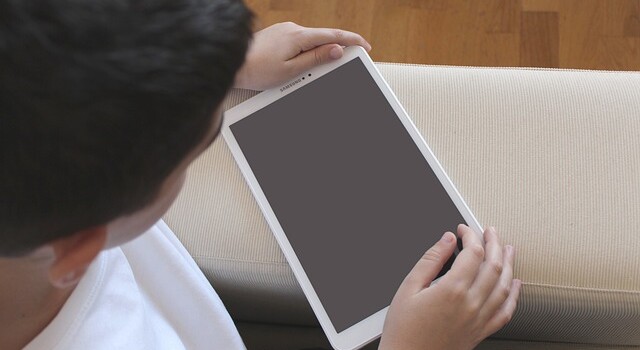
Recent data from the Brazilian Council of Ophthalmology (CBO), which studies patients between the ages of 0 and 19, indicates that the number of children and young people diagnosed with myopia has increased by 70% in Brazil in the past four years. According to the research, most ophthalmologists associate the problem with a high amount of exposure to electronic devices.
“Children’s vision care should be continuous. For this purpose, frequent visits to the ophthalmologist from early childhood, encouragement of outdoor activities, moderate use of screens according to age, as well as early detection of diseases such as myopia and monitoring of indications for appropriate treatment are recommended. It states: Dr. Francisco Iroshima, Ophthalmologist and Consultant at HOYA Vision Carea Japanese company that produces high-tech eyeglass lenses designed to correct vision problems.. Implementing appropriate correction and/or treatments also helps contain the potential progression of an already existing condition.
Myopia is the most common refractive problem and requires the use of corrective lenses to make the individual see better. It generally appears in the first or second childhood stages, and may progress in some cases. The most common symptoms are: difficulty seeing from afar, squinting to see long distances, and getting close to things to see.
The effect of screen brightness changes the size of the eye, and the larger the eye, the more difficult it is to see. Humans usually blink at a rate of 20 times per minute. By focusing on your computer screen, cell phone or tablet, this number drops by 40%. For this reason, tears do not spread, eyes do not flow, and vision does not become clear.
Once diagnosed, the disease can be corrected, if necessary, through the use of glasses or contact lenses. Dr. Iroshima highlights the efficacy of non-surgical options, such as high-tech spectacle lenses, which are already important options for reducing myopia in children.
“People with axial myopia, when they start using this type of lens continuously, can see a 60% slowdown in the progression of myopia, as the structure of the lens allows it to slow down the growth of the eyeball at the same time and provide clearer vision,” highlights the specialist.
If there is evidence of progression, specific treatments may be used to prevent progression to unwanted forms of high myopia. “In addition to all the repercussions that poor vision has on a child's work activities, myopia, once it reaches high levels, greatly increases the risk of severe vision impairment,” Iroshima adds..
Follow Acorda Cidade on Google News And get the highlights of the day. Also join our groups on WhatsApp that it cable

“Wannabe internet buff. Future teen idol. Hardcore zombie guru. Gamer. Avid creator. Entrepreneur. Bacon ninja.”

